You have no items in your cart. Want to get some nice things?
Go shoppingBook Club member Bella Reid finds out about a close-knit and rebellious club for urban Parkour runners in London.
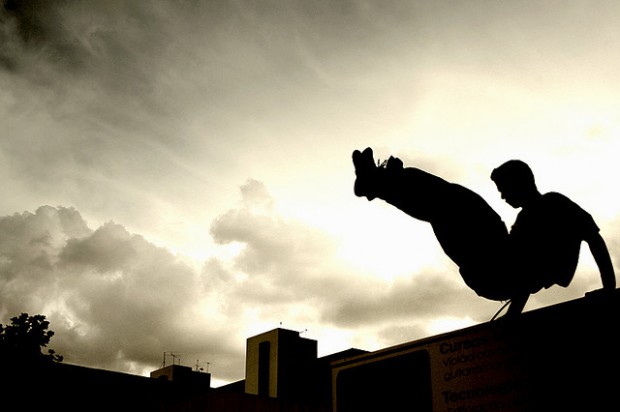
When I ask Christophe about the urban acrobatics group he used to be part of, he shrugs. He takes a drag from his cigarette, exhales, squints behind the smoke. He catches me still staring, waiting for an answer. He shrugs again. “I don’t know,” he says. “We just met and did our stuff.” He drums on the table, eyes in the distance again. Conversation over. This is going to be tough.
Getting Christophe to talk about his experience, around 2003, of being part of a parkour group in London is hard work. When I first met him, he was heading for one of these meetings. He used to tell me of his experiences during breaks at the market research place where we first met. I wish I’d listened more. Now I really want to find out but he’s not interested at all.
He’s like that, Christophe. He’s a photographer and like many French men, can be a voluble source of information on a wide variety of subjects. Organic farming, or the merits of acoustic guitars over electric ones. Parkour, however, holds no particular interest for him at this moment. His eyes glaze when I mention it. Back in 2003, it was the thing he was most interested in, after photography. Today it’s quantum physics, tomorrow it might be Japanese cooking.
Then a week later, we are speaking on the phone and I broach the subject again. This time, he’s happy to reminisce, and surprised at my lack of knowledge.
“Come on, everyone knows about Parkour! David Belle is always in films and stuff…”
“Hum… David what?”
Christophe expands on the subject.
Parkour originated in France. It was created by David Belle, a young man who came from a family of fire-fighters, men of action renowned for their heroic rescues. Belle was similarly athletic and worked for fire brigades, also joining the military, but not staying long – the regimented lifestyle did not suit his individuality.
He developed Parkour as the art of rapidly getting around an urban environment by considering it as you would an obstacle course. He saw it as a street art in which you need to be proficient at jumping, climbing and running. The videos that made him popular show him launching himself over slabs of concrete, using metallic balustrades for support or leaping from building to building at dizzying heights. Parkour took off in the mid-noughties and David Belle is now an actor, film choreographer and stunt coordinator.
When Christophe joined the small Parkour group in London, the discipline was still relatively unknown in the capital. The group was made up of around 10 young men in their mid-20s. They were all physically fit. Some were martial arts aficionados, others runners or skaters. Christophe was mostly into skateboarding himself.
For him, Parkour was initially a way to practise sport in a freer, more interesting way. It then became more institutionalised. T-shirts were created, then Adidas got in on the game with a pair of trainers. Finally Barclays became a sponsor and his interest in it as a spontaneous sport was over. Also, it required a high level of commitment to become really proficient and to safely attempt the more intense stunts.
On his first meeting with the group, they gathered at Liverpool Street Station. There was no prolem spotting them. The young men were dressed in urban sportswear and looked fit – some noticeably muscular. They called each other by their nicknames. Some had travelled down from Scotland. They all welcomed Christophe warmly. He followed them out of the station. There, one of the guys scrambled up the metallic structure of the station entrance, cheered on by the others.
As usual for these meetings, a destination had been settled on beforehand. A few members always researched suitably urban spaces to work on. For the first half hour, they practised, doing jumps, runs, vaults over handrails. The term for this is “traceur”. One of them took pictures and filmed them for the website.
After being chased by a security guard, the group split. The guy who was carrying the video camera and a few others stayed behind, reasoning with the guard. The rest of them ran off through the streets, laughing.
“As we were passing a pub,” Christophe says, “some bloke started shouting at us. He was a big guy and managed to grab one us, who had a bit of trouble shaking him off.”
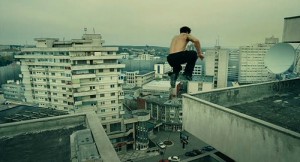
It is interesting that a group of people using the city space in a legal but unusual way instantly awakens hostility. I get the feeling that they had a rebellious vibe not usually associated with sporty types. David Belle, in the film District 13, embodies the type perfectly.
Christophe and the others regrouped shortly after the incident, using their mobile phones to locate each other. Next, they went to Barbican, where the Le Corbusier-inspired architecture formed a perfect backdrop to the activity – it is similar in appearance to the French suburbs where Parkour was developed. There, they carried on practising. The most impressive thing Christophe saw was one of the men taking a leap over a two-storey-high gap.
Christophe is perhaps used to taking part in activities that may appear obscure to outsiders. He’s curious and interested in many different things. I’ll always remember him though, crushing out a cigarette after one of his fag breaks, pushing back a lock of his hair, telling us about scaling the concrete landscapes of London.

About Patricia Duffaud
Patricia Duffaud is a writer of mixed French and Northern Irish origin. She writes short stories, features and reviews and her work has appeared in Wasafiri Magazine, the Puffin Review and Thresholds. One of her stories was highly commended in the Gladstone's library's Mystery Lady short story competition. She is currently non-fiction editor for Litro online.

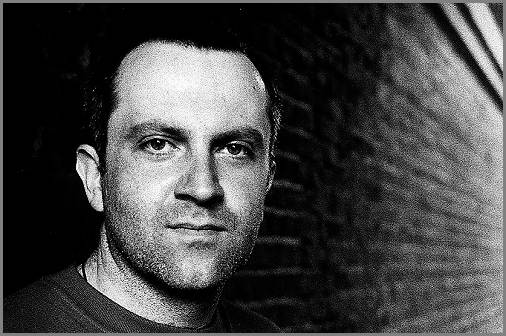
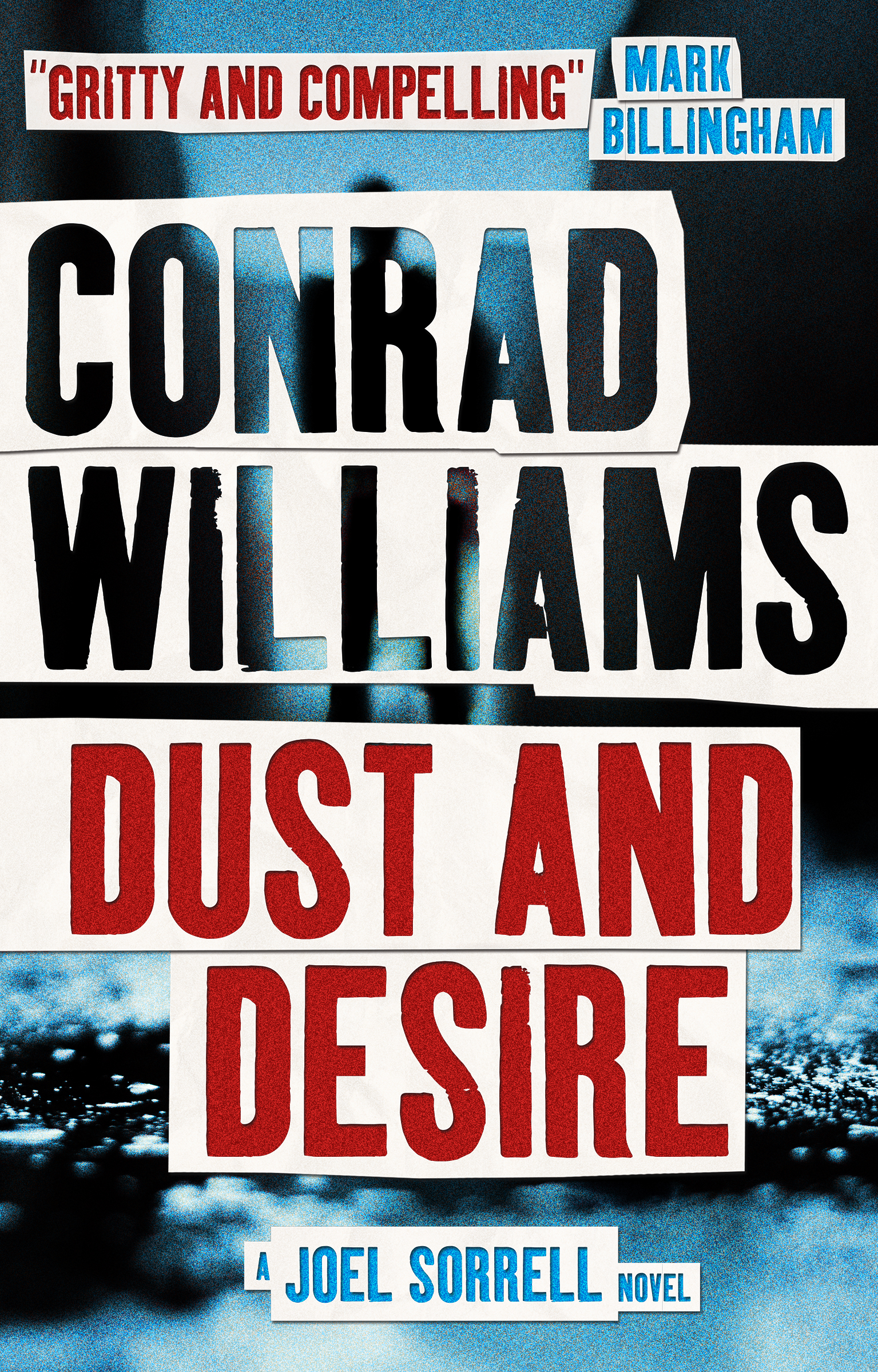
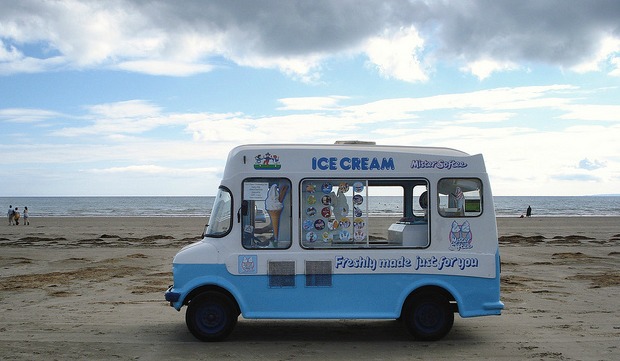
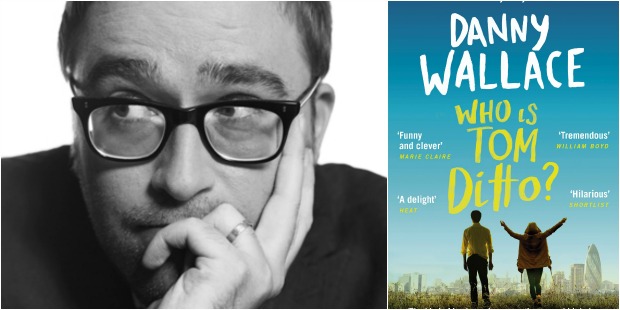
2 comments